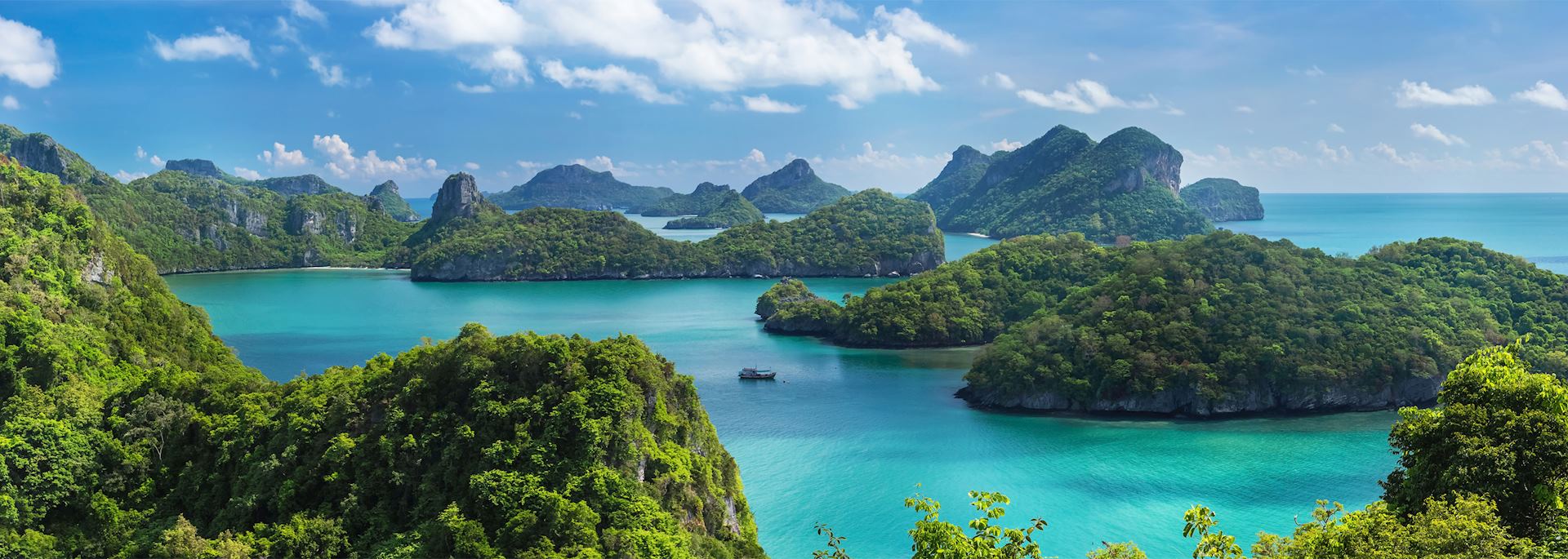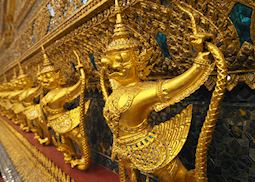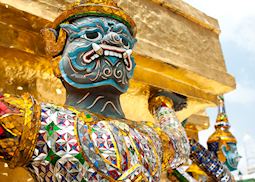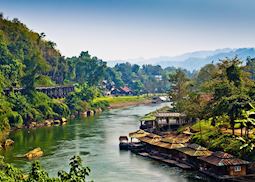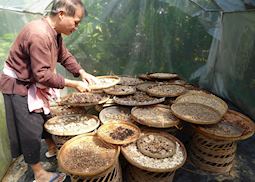
Thai home life & cooking experience
Thai home life & cooking experience
Learn how to cook like a local at a Thai home near Chiang Mai. You’ll spend the day with your host family, listening to their stories and plucking fresh produce from the garden, before turning it into a feast under their careful guidance.
